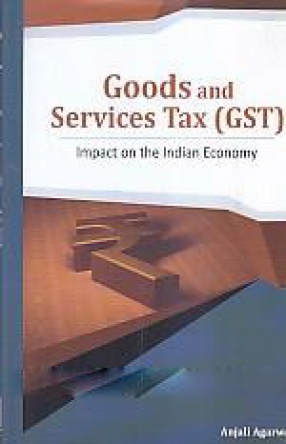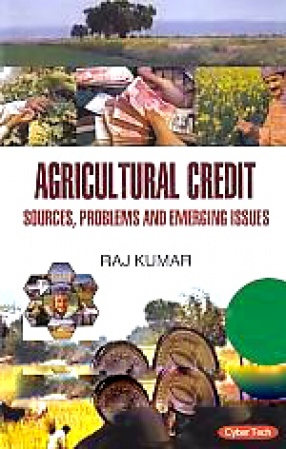National level goods and services tax (GST) is India’s most ambitious indirect tax reform. Its objective is to levy a single uniform tax across India on goods and services. GST, as and when implemented, would replace a number of Central and State taxes, making India more of a national integrated market, and bring more producers into the tax net. The current structure of taxes on goods and services is highly complex, leaky (riddled with exemptions) and characterized by a complicated rate structure. There are parallel systems of indirect taxation at the Central and State levels. Each of the systems needs to be reformed to eventually harmonize them.
The changeover to GST, it is claimed, would significantly contribute to the buoyancy of tax revenues, acceleration of growth, and generation of many positive externalities.
To facilitate the introduction of GST, the Lok Sabha passed the 122nd Constitutional Amendment-Goods and Services Tax Bill on May 6, 2015. Rajya Sabha passed the same Bill with 9 amendments on August 3, 2016. Lok Sabha passed the modified Bill on August 8, 2016, approving all the 9 amendments by the Rajya Sabha. Currently, the hope is that GST will be implemented from April 1, 2017.
The present edited volume contains 19 research articles (divided into 5 sub-themes or parts) authored by experts in the field of public finance. This volume scrutinizes GST from various points of view. GST has now been implemented in 160 countries and case studies have been provided in this volume for an effective comparison. The detailed impact of GST on consumer, businessman, government, individual sectors/industries and national growth, along with a comparative analysis of GST with current indirect taxes, has also been presented.
These contributions provide deep insights into various aspects of GST and would add, constructively, to the raging debate in the country on the implications of the game-changing tax reform.







There are no reviews yet.